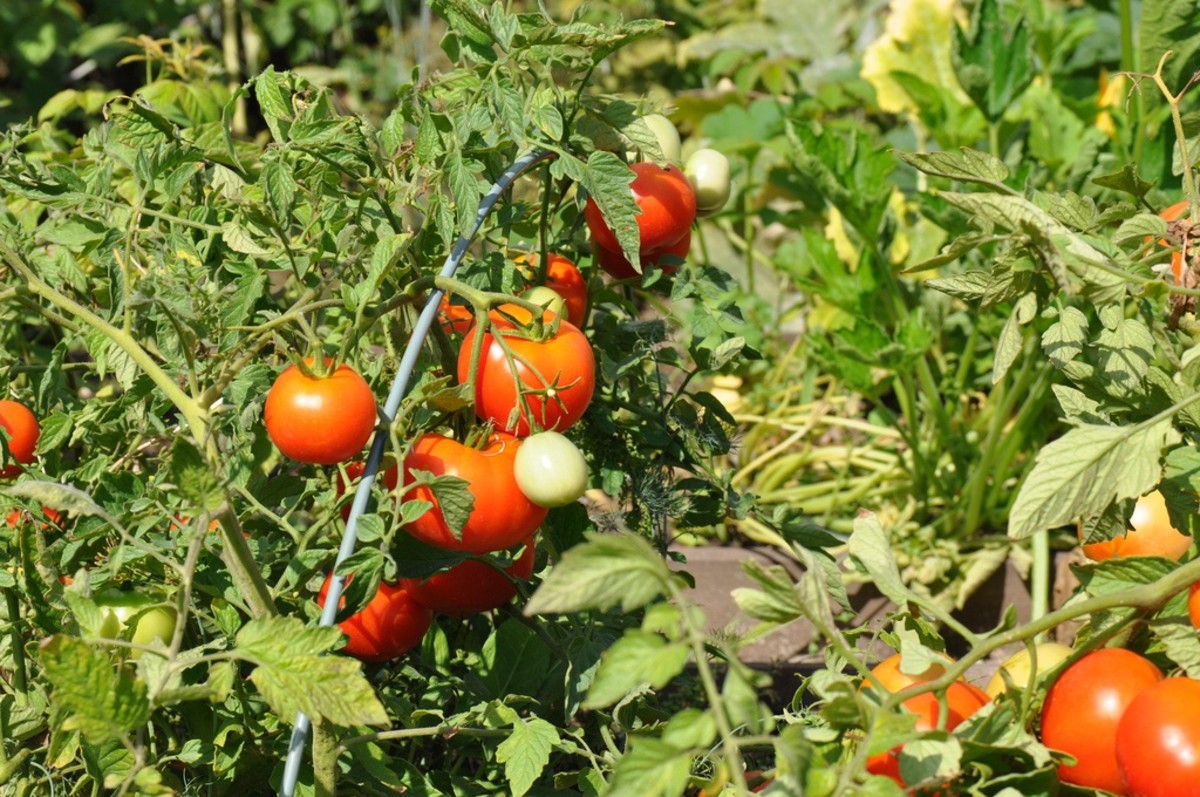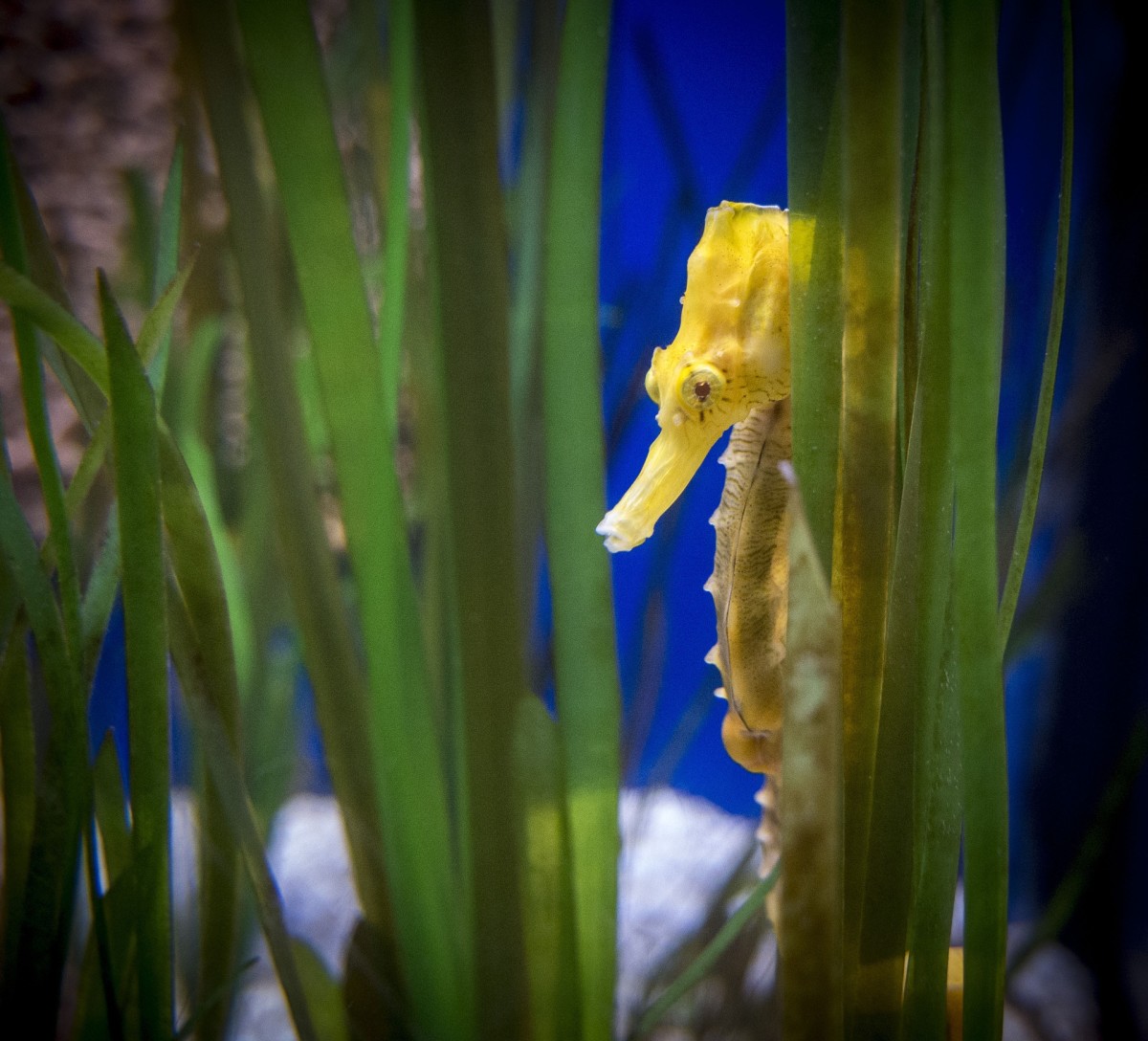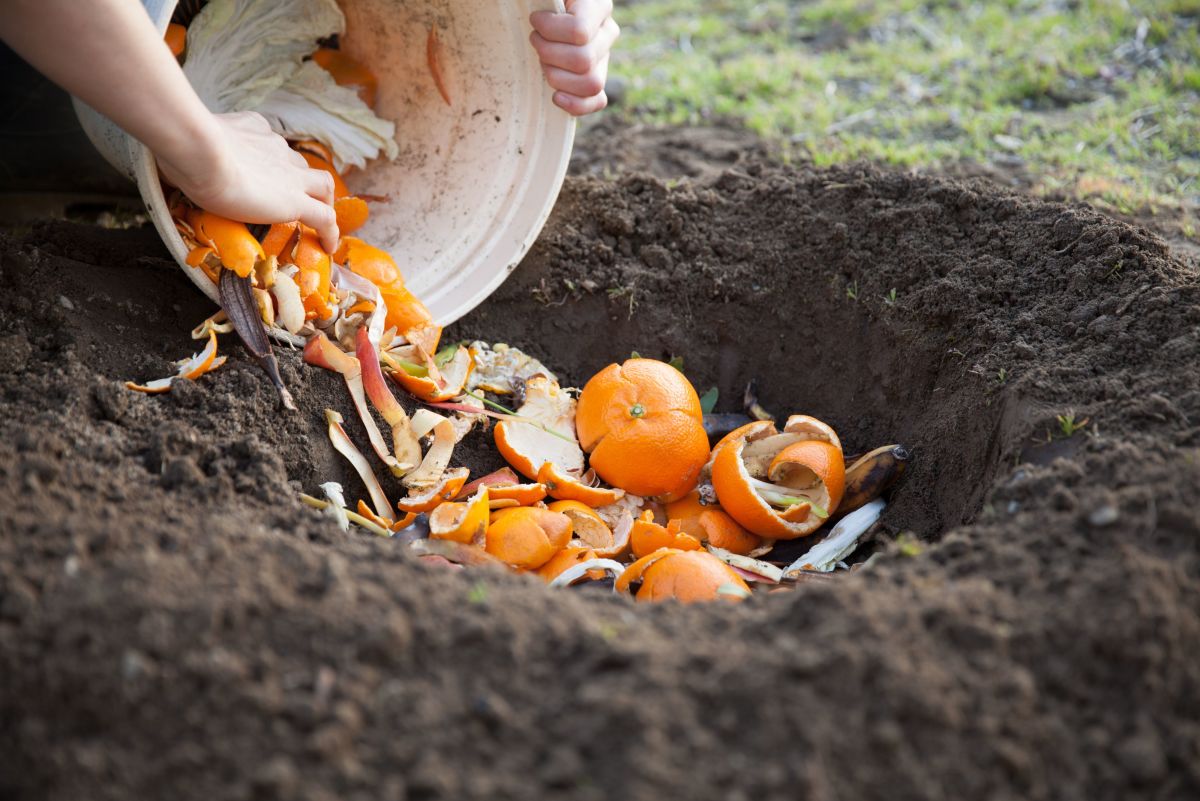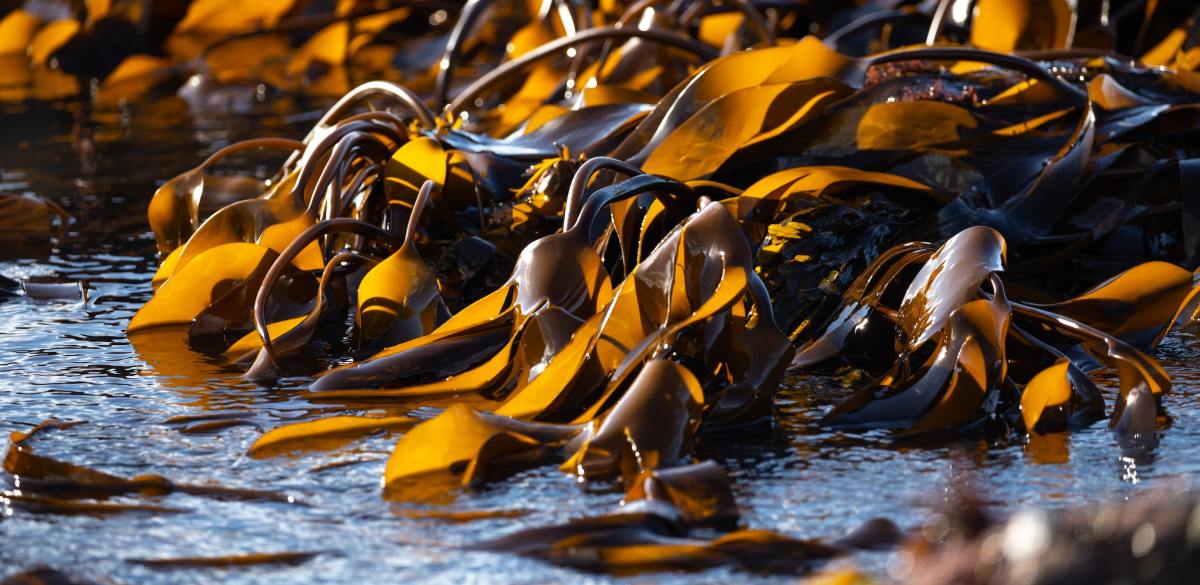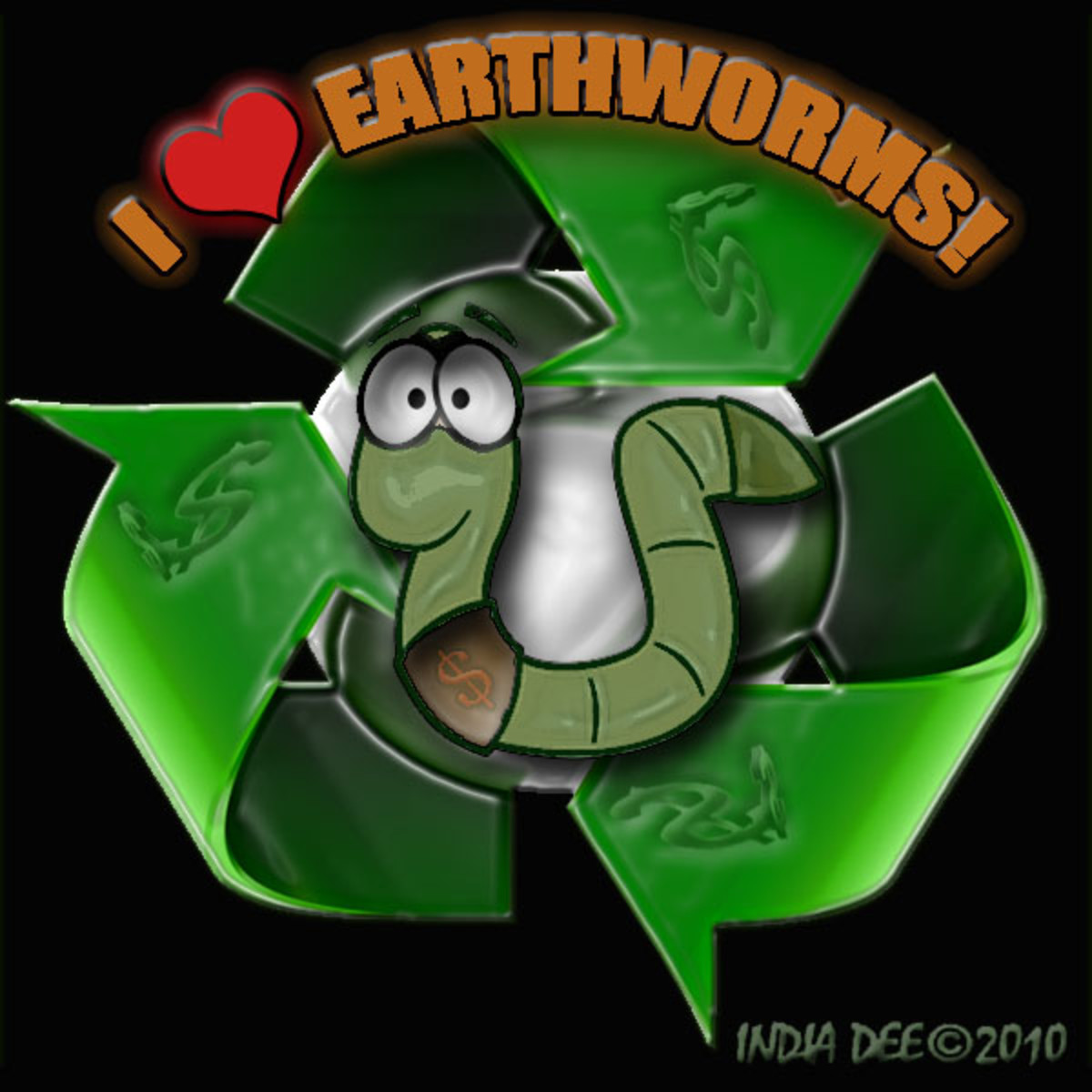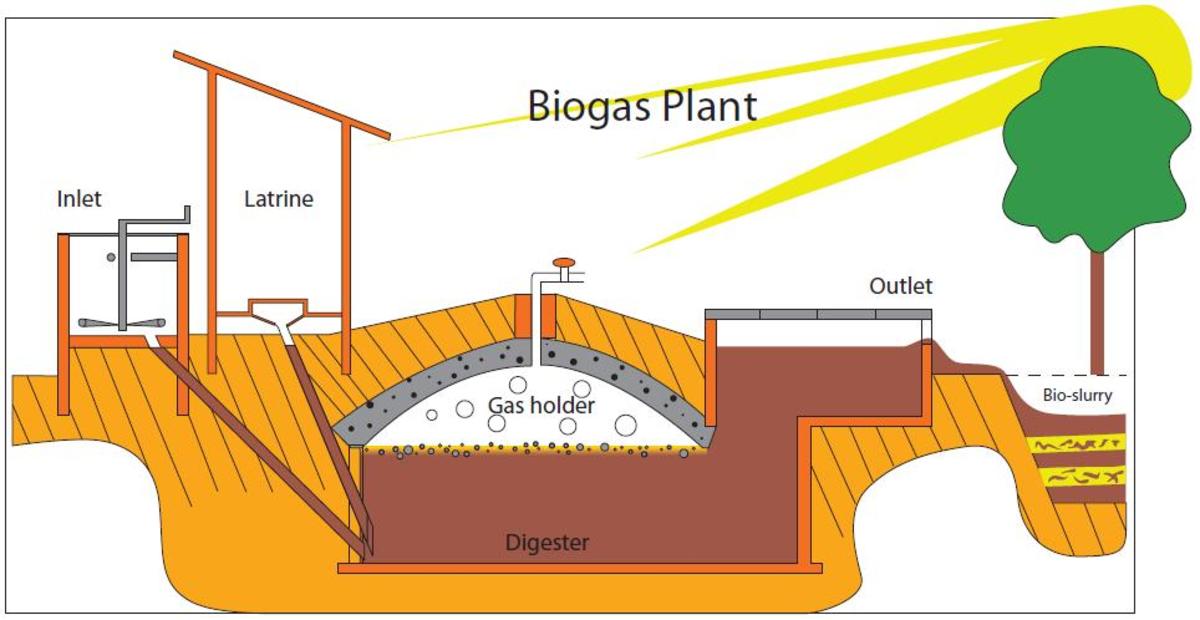4 Good Reasons to Fertilize with Urine
Why Use Human Urine as Fertilizer?
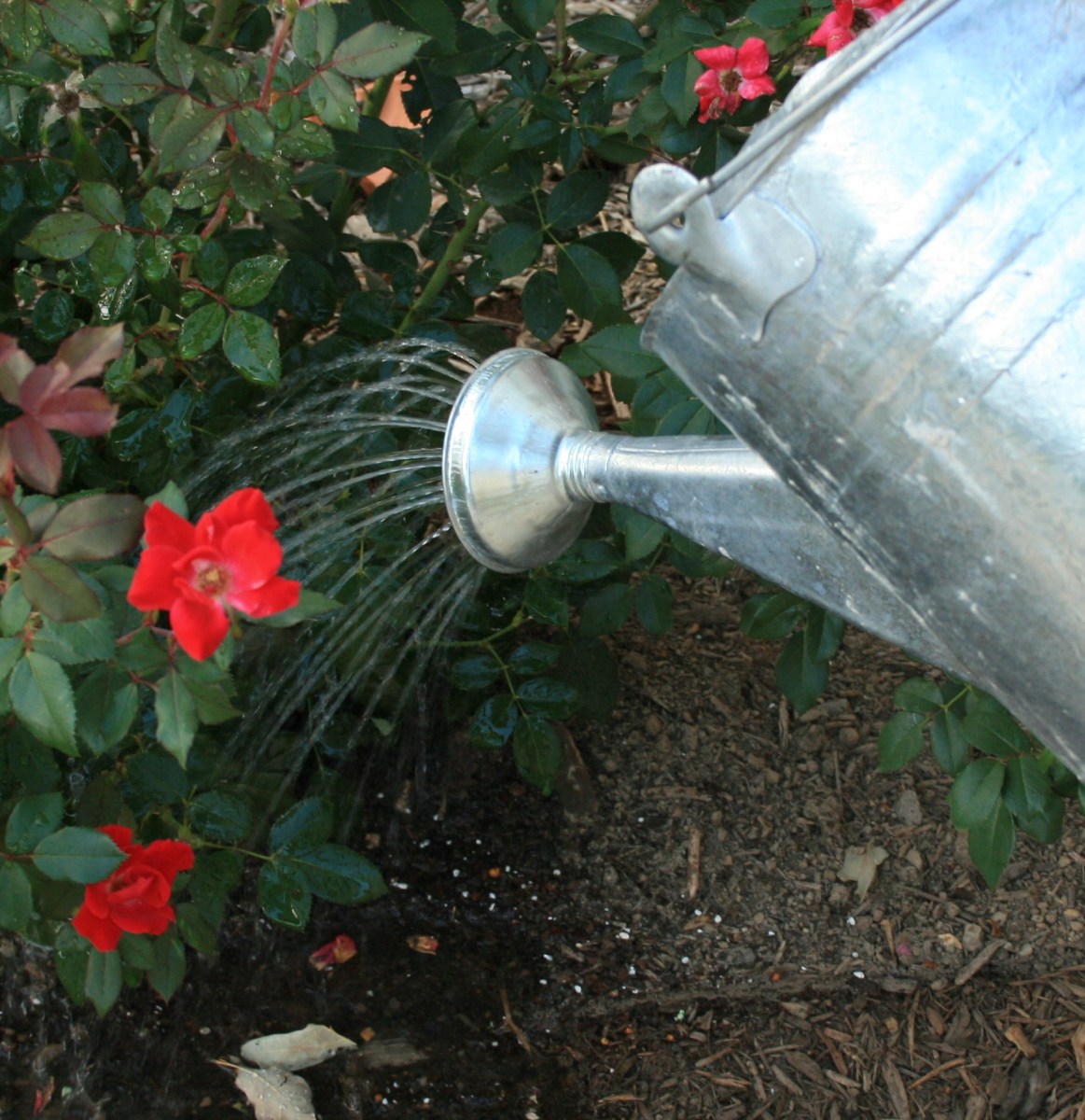
Although the initial reaction of many people to using human urine as fertilizer is "Ew!" "Yuck!" and "Gross!" more and more earth-friendly gardeners are giving it a try.
And why not?
"Liquid gold," as it's sometimes called, is safe, virtually free and environmentally sound.
Best of all, it works!
Why Urine Is #1
Unlike humanure (compost made from human feces) liquid fertilizer made from human urine is easy to make.
Although humanure is becoming increasingly popular with organic gardeners, turning feces into safe, usable compost is a time-consuming process.
Not only can urine be diluted with water and used as a liquid fertilizer, but it can also be added in undiluted form to compost piles and compost bins. It can even be poured directly onto straw bales that will be later used as compost.
Have you tried using urine as fertilizer?
Good Reasons to Use Urine Fertilizer
1. Urine contains the nutrients plants need.
Human urine contains three nutrients that are essential to plant development and growth: nitrogen (N), phosphorus (P) and potassium (K), the same ingredients that are in most bags of fertilizer.
According to micturition expert Hakan Jonsson of the Swedish University of Agricultural Studies, when we create urine, our bodies break complex organic matter into the basic mineral form plants like best (Grunbaum). In other words, pee and plants were made for each other.
A study conducted in 2007 at the University of Kuopio's Department of Environmental Sciences in Finland reveals the effectiveness of urine as fertilizer for cabbage, which requires high amounts of nitrogen in order to grow well (Colwell).
In 2010, research scientists Surenda Pradhan and Helvi Heinonen-Tanski raised beets using various types of fertilizer. Plants that received human urine in conjunction with wood ash produced significantly larger beets than those fertilized with any other type, including mineral fertilizer. And, of course, there was no difference in the nutritional value or taste of the beets (Grunbaum).
3 STEPS TO MAKING LIQUID FERTILIZER FROM URINE
For those who are open to human urine as an inexpensive and effective form of fertilizer, an easy method for using it follows. Although an entire book could be (and has been) devoted to the subject, pee-cycling at its most basic requires only three steps.
Step 1: Collect urine.
Instead of urinating into the commode and flushing all that good plant food away, pee into a plastic gallon milk jug or some other resealable container. If you’re a woman, this could prove messy, so make it easy on yourself. Use two milk jugs. Cut the smaller one in half, reserving the top to use as a funnel for the larger jug. To trap odor, plug the hole with a wine cork (Steinfeld 22).Whatever sort of container you choose to use, be sure to keep it sealed. Pee stinks!
Step 2: Add water.
So that it won’t burn plants, human urine must be diluted before it’s used as fertilizer. Add at least eight parts water to one part urine. (Some gardeners recommend a ratio of 20 to one.) (Pleasant 73). You may have to experiment a bit in order to find the mix that’s right for your garden.
Step 3: Apply to plants.
Apply the wee brew no more than once every two weeks to turf grass, vegetables, fruit trees, bushes and container plants—anything you grow. Like any water-soluble fertilizer, pee tea is faster acting than solid fertilizer. It’s also shorter acting, so you don’t have to worry about over-fertilizing if you limit your use to biweekly applications.
2. Human urine is safe to use.
Unlike human feces, human urine is virtually sterile. That means it contains few, if any, pathogens (disease-causing microorganisms). Any pathogens that do exist in urine become harmless over time.
To make sure there are no pathogens in your pee tea, allow the urine you collect to age up to six months before use.
3. Using urine as fertilizer is ecologically sound.
According to the U.S. Geological Survey’s website, the average U.S. citizen uses between 80 and 100 gallons of water per day, mostly from flushing toilets (“Water Use at Home”). If you live in a home built before 1992, you probably use 3.61 gallons of water every time you flush. If you have a newer, water-conserving toilet, it probably uses 1.54 gallons per flush (California Urban Water Conservation Council).
Just think how much water you would save if you “harvested” your urine regularly instead of flushing it. Even if you have a water-conserving toilet and flush urine only five times daily, you’d save 7.7 gallons per day, 53.9 gallons per week, about 231 gallons per month and 2,810.5 gallons per year. For a family of four, that’s 11,242 gallons of water per year, 26,353 if your home has a non water-conserving commode. That’s a lot of water—enough to fill a large swimming pool! Of course, if you create liquid fertilizer with urine, you’ll have to use water, too, but it will be put to good use, not just flushed away.
4. It’s readily available.
Most people produce about a quart and a half of urine per day (Pleasant 75). Diluting at a ratio of one part pee to 20 parts water, most families could easily produce enough “liquid gold” to fertilize their garden and yard throughout the growing season.
Works Cited
California Urban Water Conservation Council. "Take Action: Toilet Water Use." H2ouse: Water Saver Home. 27 May 2011. Web.
Colwell, Carolyn. "Human Urine Safe, Productive Fertilizer." 8 October 2007. The Washington Post. 27 May 2011. Web.
Grunbaum, Mara. "Pees and Carrots: Researchers Say Human Urine Works Great as Sustainable Fertilizer." 23 July 2010. Science Line. 27 May 2011. Web.
Pleasant, Barbara. "Free, Homemade Liquid Fertilizer." Mother Earth News February/March 2011: 72-75. Print.
Steinfeld, Carol. "You Can Compost Human Waste!" Mother Earth News April/May 2011: 22. Print.
"Water Use at Home." 16 February 2010. USGS. 27 May 2011 Web.


